Foundation Repair Timing and Methods
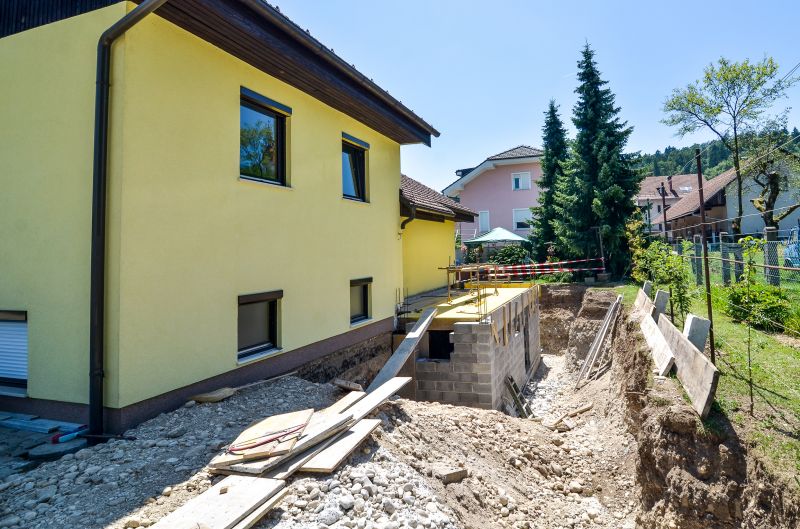
Spring offers moderate weather conditions ideal for foundation repairs, reducing the risk of delays caused by extreme temperatures.
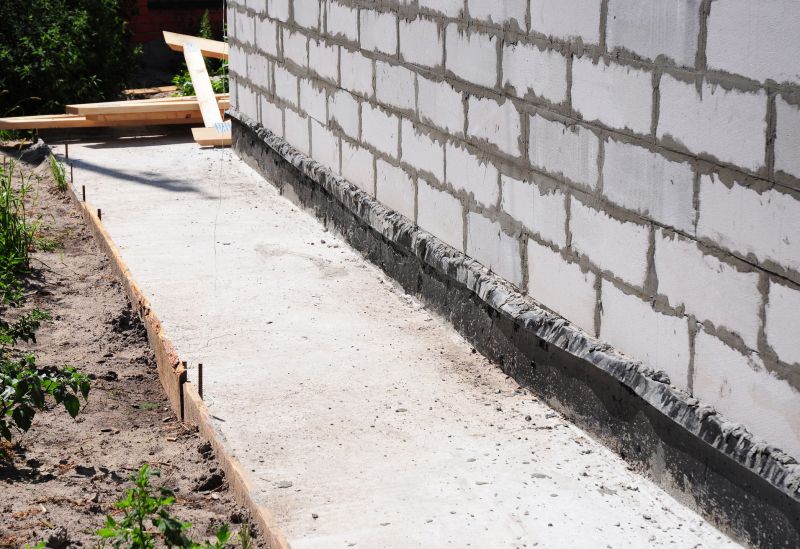
Summer provides longer daylight hours and stable weather, facilitating timely completion of repair projects.

Fall's cooler temperatures and dry conditions can be advantageous for certain repair methods, though early planning is essential.
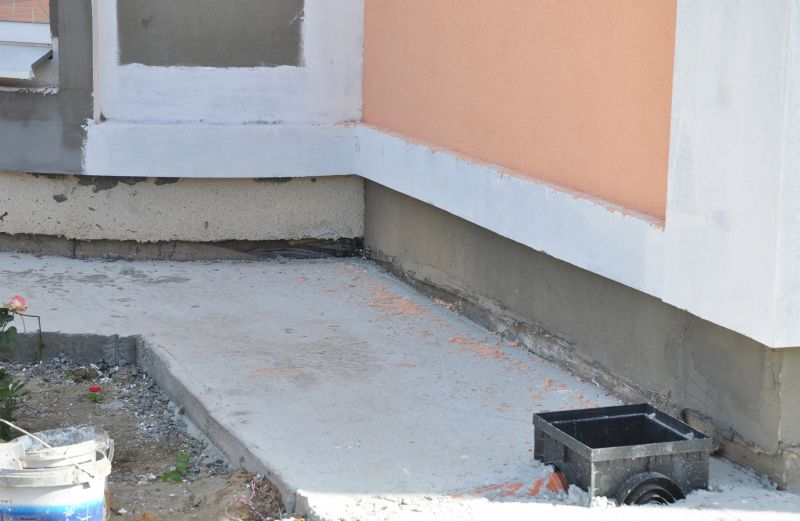
Ways to make Foundation Repairs work in tight or awkward layouts.
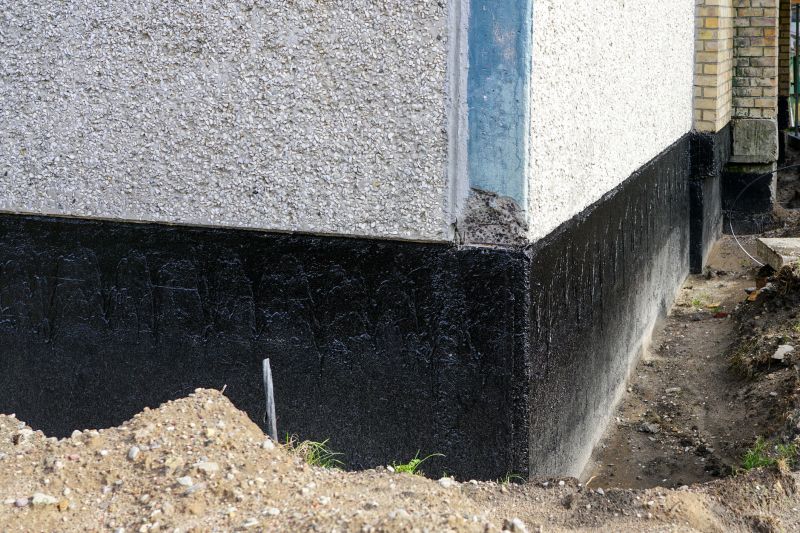
Popular materials for Foundation Repairs and why they hold up over time.
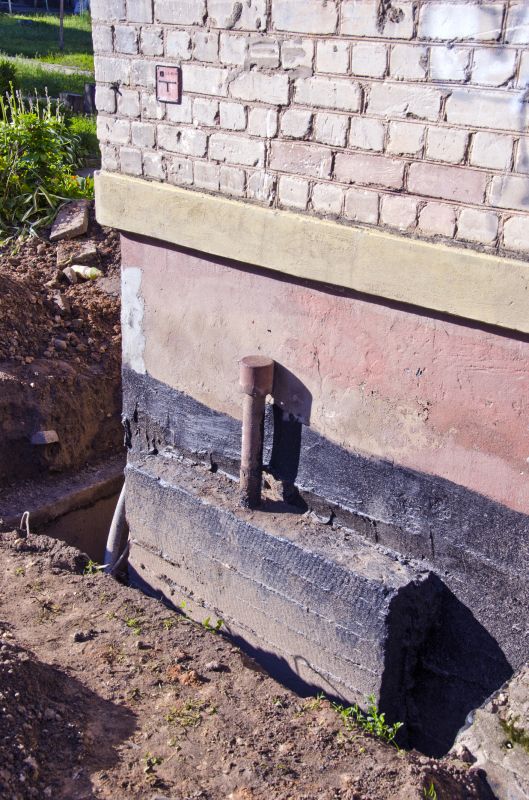
Simple add-ons that improve Foundation Repairs without blowing the budget.
Foundation repairs are essential for maintaining the structural integrity of a building. Addressing foundation issues promptly can prevent further damage, reduce repair costs, and ensure safety. The timing of repairs can influence the effectiveness and ease of the process. Understanding seasonal conditions helps determine the optimal window for foundation work.
Statistics indicate that foundation problems are prevalent in regions with significant temperature fluctuations and soil movement. Approximately 25% of homes in Indiana experience foundation issues at some point, often exacerbated by seasonal changes. Repair techniques vary based on weather, soil conditions, and the type of foundation involved.
Cracks in walls, uneven floors, and sticking doors may indicate foundation issues requiring inspection.
Common methods include piering, slabjacking, and underpinning, selected based on specific foundation conditions.
Early intervention can prevent extensive structural damage and costly repairs in the future.
Weather conditions influence repair techniques; dry, stable periods are generally preferred.
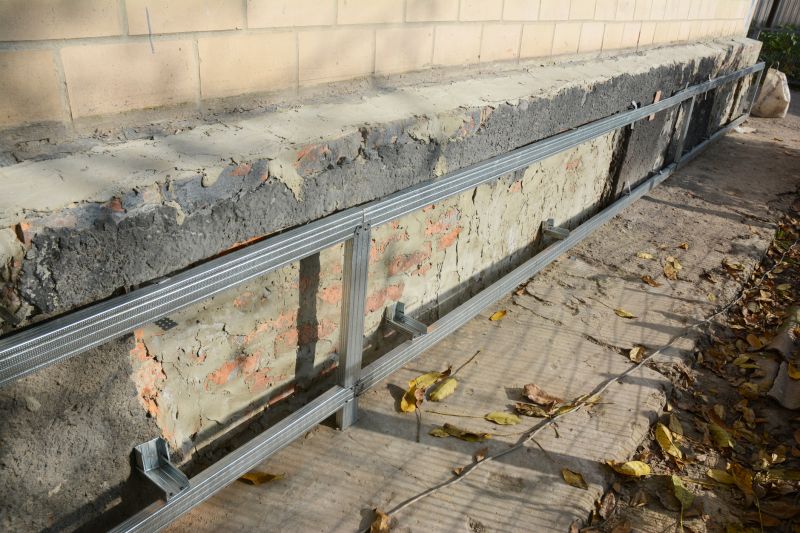
A visual overview of foundation stabilization methods.
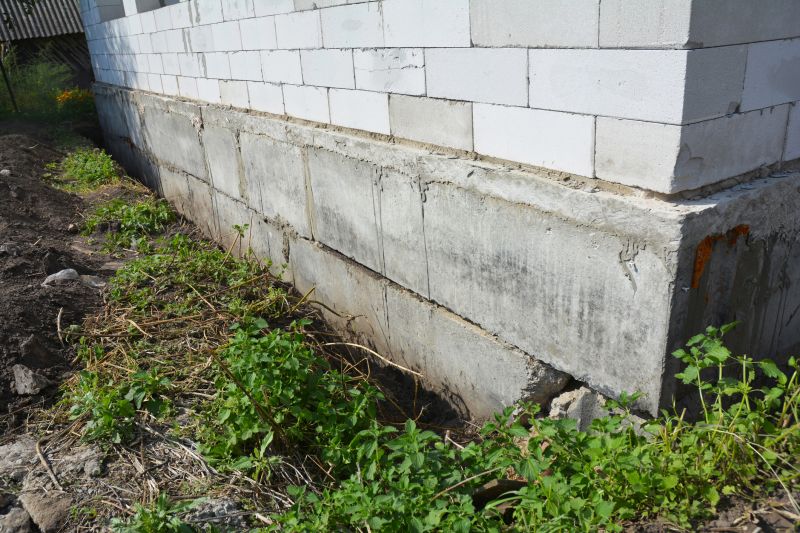
Examples of foundation repair transformations.
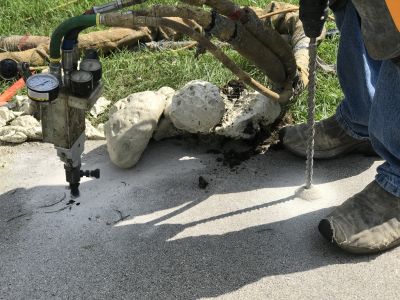
Equipment used in various foundation repair techniques.

Key steps in assessing foundation health.

High-end options that actually feel worth it for Foundation Repairs.

Finishes and colors that play nicely with Foundation Repairs.
| Season | Ideal Conditions |
|---|---|
| Spring | Moderate temperatures, soil moisture levels optimal |
| Summer | Dry weather, longer work hours |
| Fall | Cooler temperatures, dry soil conditions |
| Winter | Generally not recommended due to freezing soil |
Proper timing for foundation repairs depends on weather patterns, soil conditions, and the specific repair method. Planning repairs during periods of stable, dry weather enhances safety and efficiency. Consulting with foundation specialists can help determine the best window for work based on local climate conditions.

Specialized tools used in foundation stabilization.
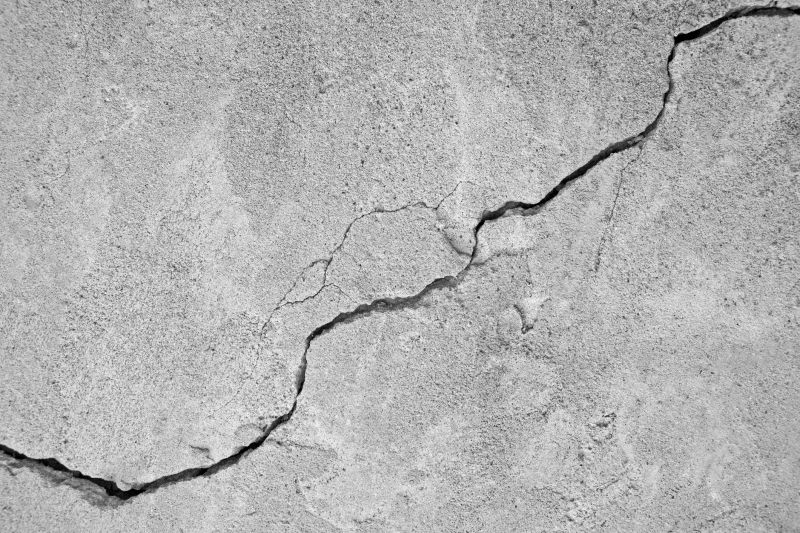
Close-up images of common cracks indicating repair needs.
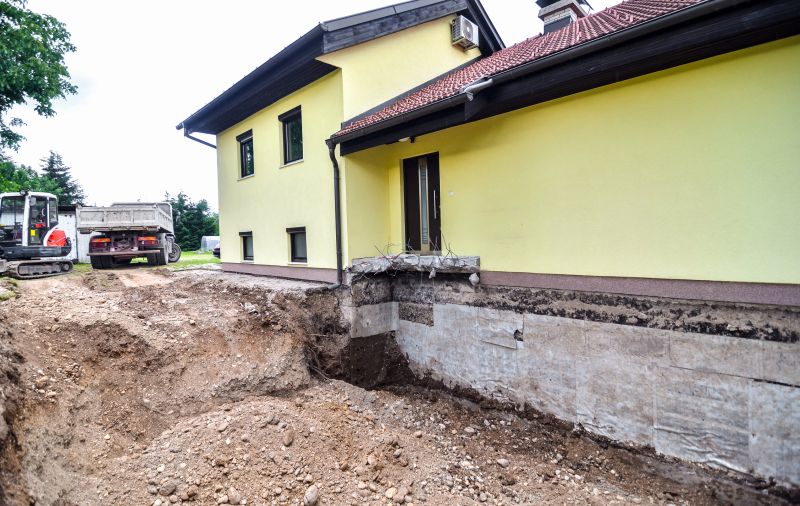
Visuals of soil shifts affecting foundations.
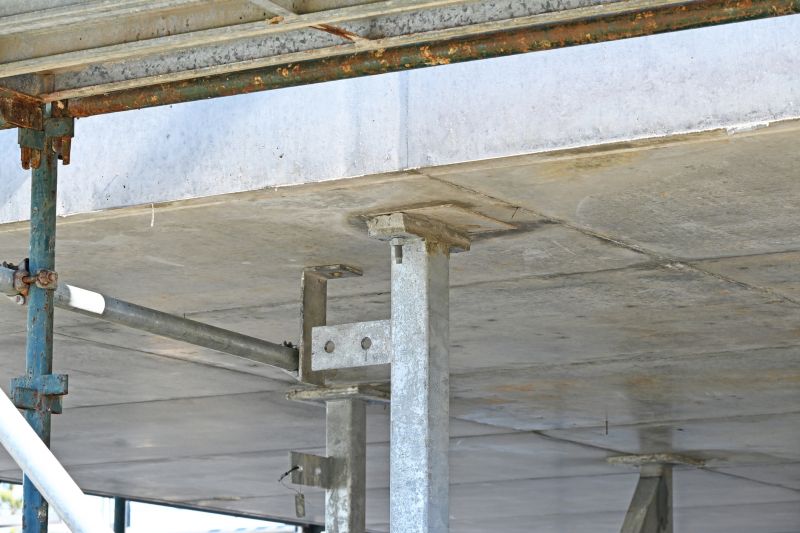
Examples of underpinning and piering setups.
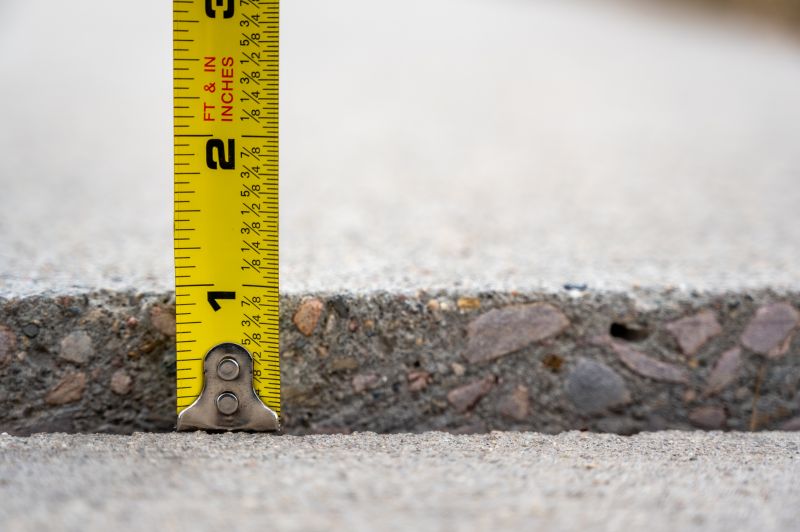
Little measurements that prevent headaches on Foundation Repairs day.
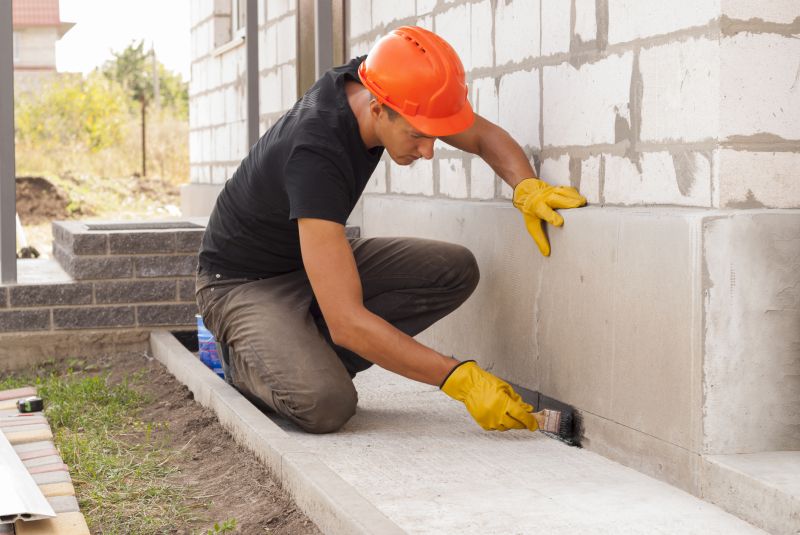
A 60-second routine that keeps Foundation Repairs looking new.

A frequent mistake in Foundation Repairs and how to dodge it.

Small tweaks to make Foundation Repairs safer and easier to use.
Timely foundation repairs are crucial to prevent further structural damage. Seasonal considerations, soil conditions, and weather patterns should all be evaluated to choose the optimal time for work. Proper planning and expert consultation can ensure repairs are effective and durable.
Interested parties are encouraged to contact for more information or to schedule an assessment. Filling out the contact form can help determine the best approach and timing for foundation repairs in Sellersburg, Indiana.

